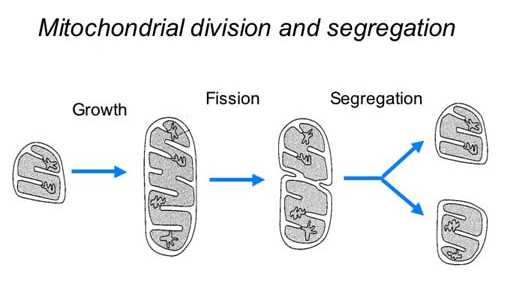Which of the following isn't evidence that supports the endosymbiont theory? - Mitochondria and chloroplast have exterior structures similar to bacterial cell walls - The gene expression processes in these organelles are similar to the bacterial processes
1 Answer
"The exterior structure similar to bacterial cell walls" IS NOT an evidence in favour of the endosymbiotic theory. Both mitochondria and chloroplasts are double membrane bound.
Explanation:
Both the organelles mentioned in your question, are present in eukaryotic cells.
Both mitochondria (the energy producer of the cell) and chloroplast (photosynthetic machinery) have their own circular DNA . (The DNA molecules present in the nucleus of eukaryotic cells are in the form of strings and are not circular. ) We know that circular DNA is more primitive as seen in all bacteria, linear DNA definitely evolved later.
These organelles are also equipped with 70S ribosomes rather than the regular 80S ribosomes of eukaryotes.
Moreover, these organelles can even undergo binary fission like prokaryotic cell.

( )
)
Gene expression involves DNA to RNA transcription, and translation of RNA into protein. This whole machinery is present within mitochondria and chloroplast in prokaryotic condition. (They are thus called autonomous organelles.)
Therefore gene expression similar to bacterial system can be regarded as evidence that supports the endosymbiotic theory of origin of eukaryotic cells from prokaryotic cells . Pretty interesting stuff! Therefore that must be the answer.
